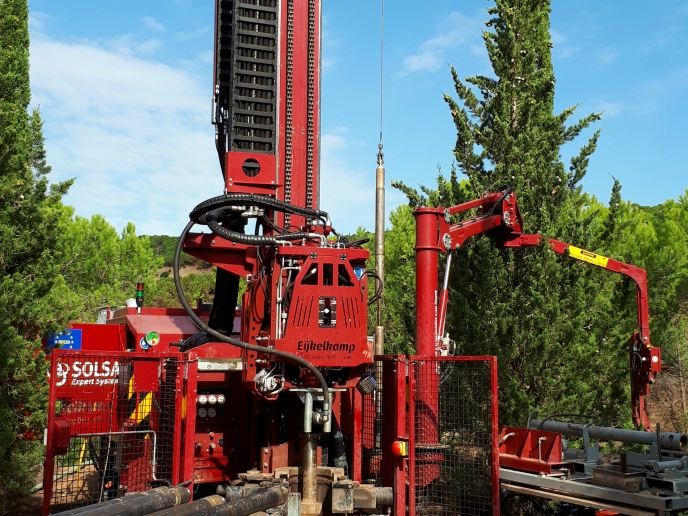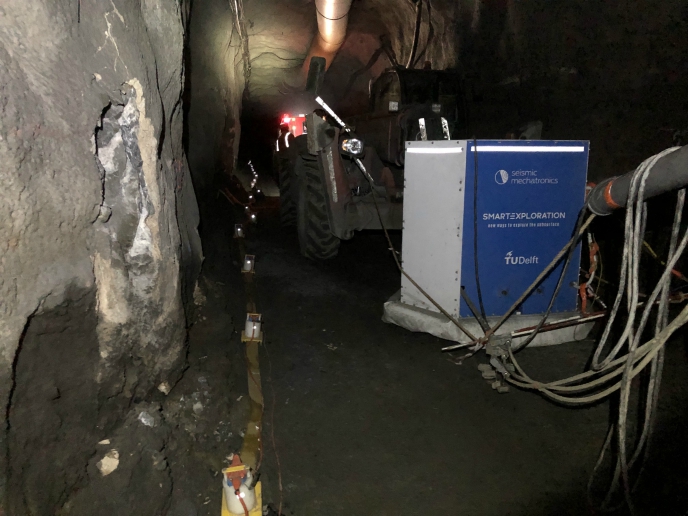‘Bit by bit’ to a more sustainable metal and mining sector
Over the years, the mining industry has been repeatedly criticised for the harmful effects its operations have on the environment and people. Mining activity can heavily impact the air, water and land of communities, causing problems that persist for generations. Less documented, however, are the EU’s attempts to invest in research and innovation of greener technologies to change the industry’s reputation from an environmental polluter to a sustainable energy-efficient industry.
Digital technologies create a clear pathway for transformation
Digital and technological innovations could transform key aspects of mining. They create a more detailed view of the concentration of valuable minerals or geological materials, increase process efficiency through automation, monitor performance in real time and optimise material flow. The EU-funded SOLSA project has developed a robust expert system that can speed-up and optimise the three major components of mining (exploration, mining and processing). The newly developed technology consists of different elements that together form the expert SOLSA system. These are the sonic drill part that simultaneously takes samples and measures different parameters in real time, and the laboratory in the field that analyses the composition of the soil core on the spot. The final part is the software solution that gathers all available analysis data in a database that automatically updates itself.
How does sonic drilling work?
“Sonic drilling is a soil penetration technique that strongly reduces friction on the drill string because it causes liquefaction, inertia effects and temporary reduction of the soil porosity,” explains project coordinator Monique Le Guen. The reduced friction on the drill string means sonic drilling operations use less power compared to conventional drilling technologies. This unique characteristic of sonic drilling prevents torsional forces on the drill string. Another benefit of applying sonic high frequency is the ease of retrieving the drill string, even in quick expanding clays or boulders and difficult conditions. All the drilling rods, casings and tooling are pulled out faster and easier. The additional rotational and vibrational parts in the drill head help operators to better control the force needed to optimally penetrate the soil and bedrock formations. The SOLSA system combines for the first time – along the drill core – non-destructive sensors based on X-ray fluorescence, X-ray diffraction, vibrational spectroscopy and 3D imaging. It also brings together a profilometer and RGB and infrared cameras for mineral mapping. Automatic combined analysis provides accurate information about the mineralogical and chemical composition of the core.
The system’s promising potential
At the moment, the SOLSA system is in a testing stage. The drilling rig has been shipped to New Caledonia for performing field tests in nickel laterites that are well known for their heterogeneity and difficulty to be drilled and well recovered. The SOLSA tool can clearly increase exploration efficiency, by broadening the data field, while reducing costs and return time. “The SOLSA tool brings innovative technologies that can sustainably meet the growing demand for minerals and metals. They should help optimise metal production, ensuring that mining operations are more energy efficient and have a less degrading impact on the environment,” concludes Le Guen.
Keywords
SOLSA, mining, metal, sonic drilling, soil, drill string, spectroscopy, mineralogy, chemistry, database, environment







